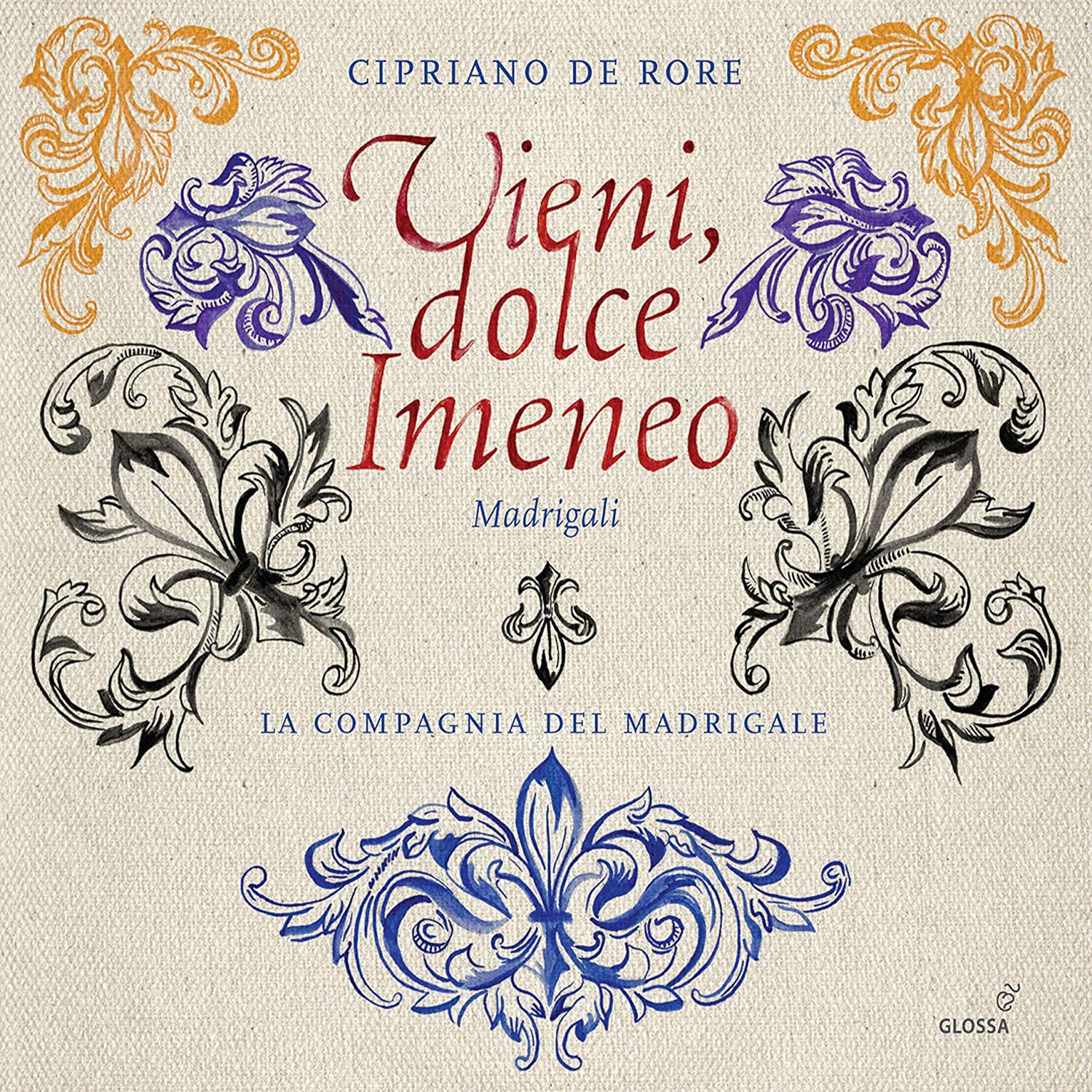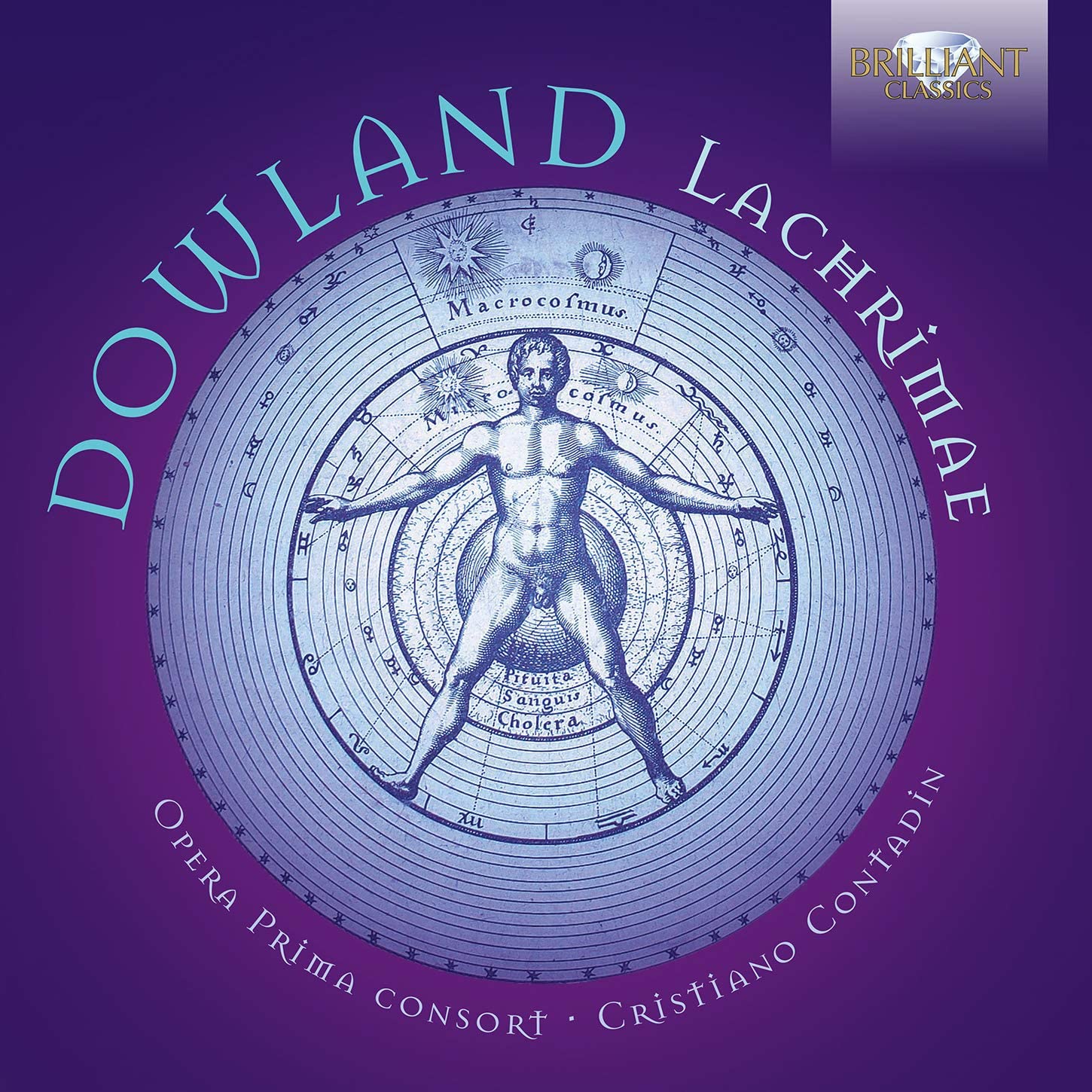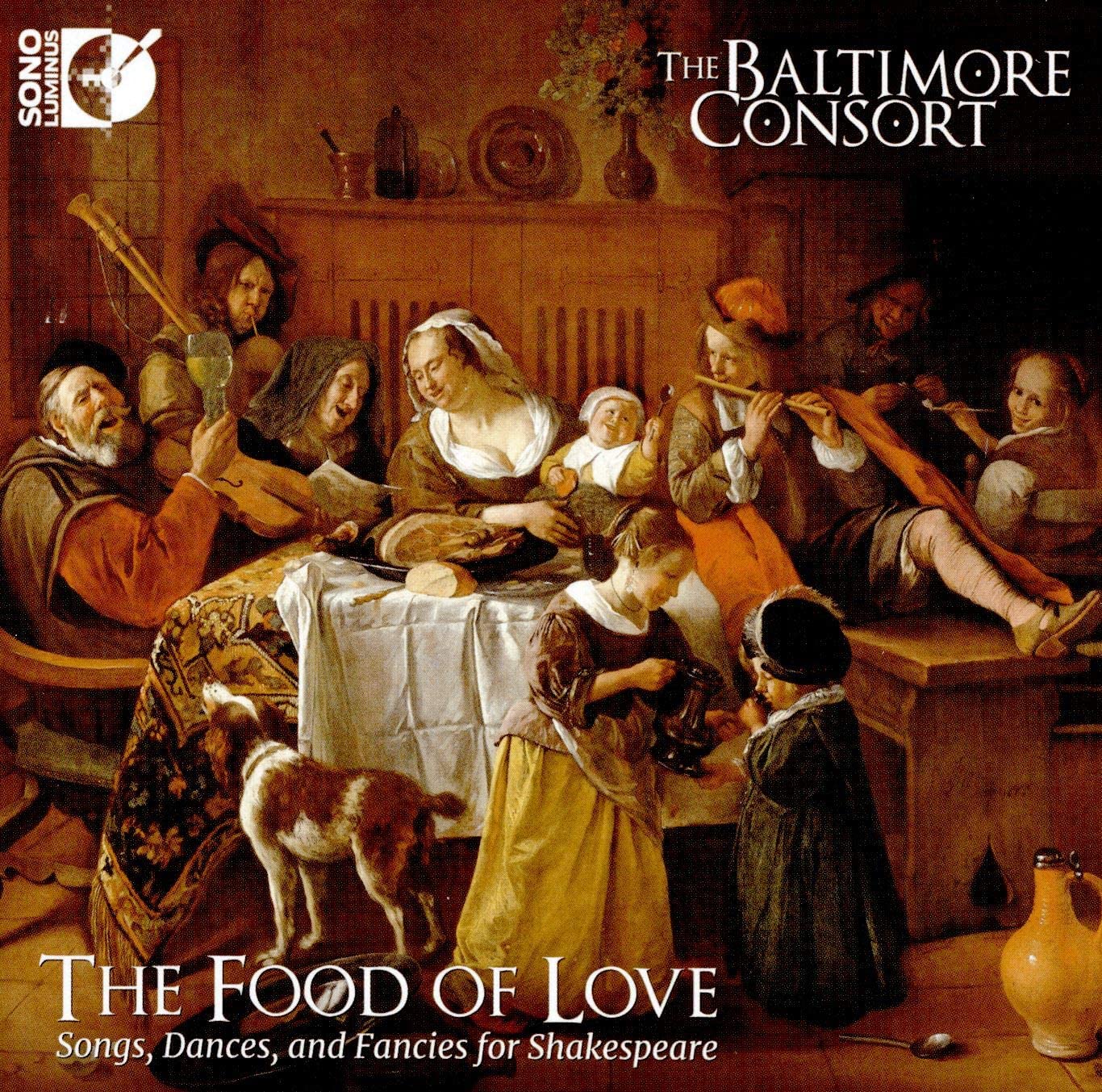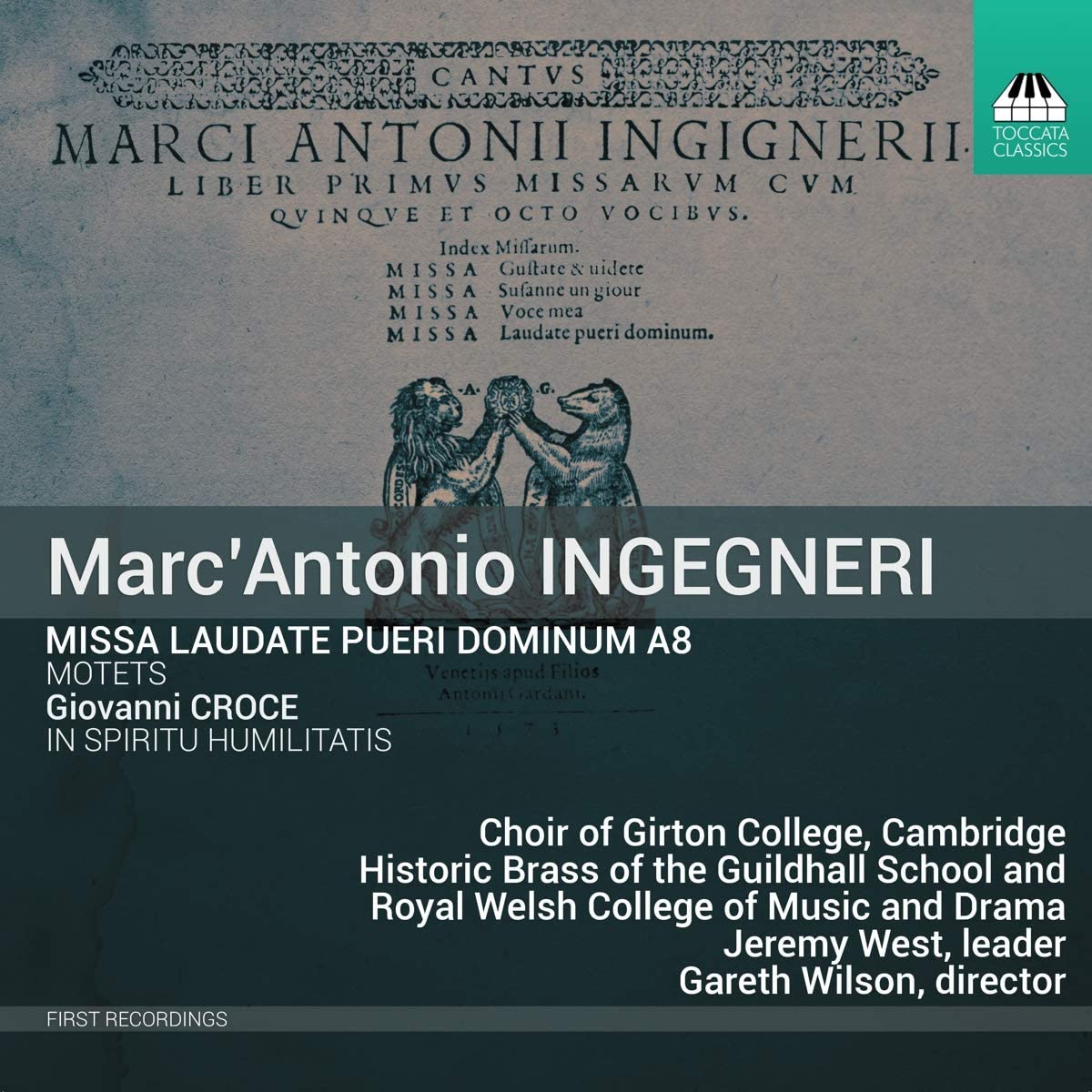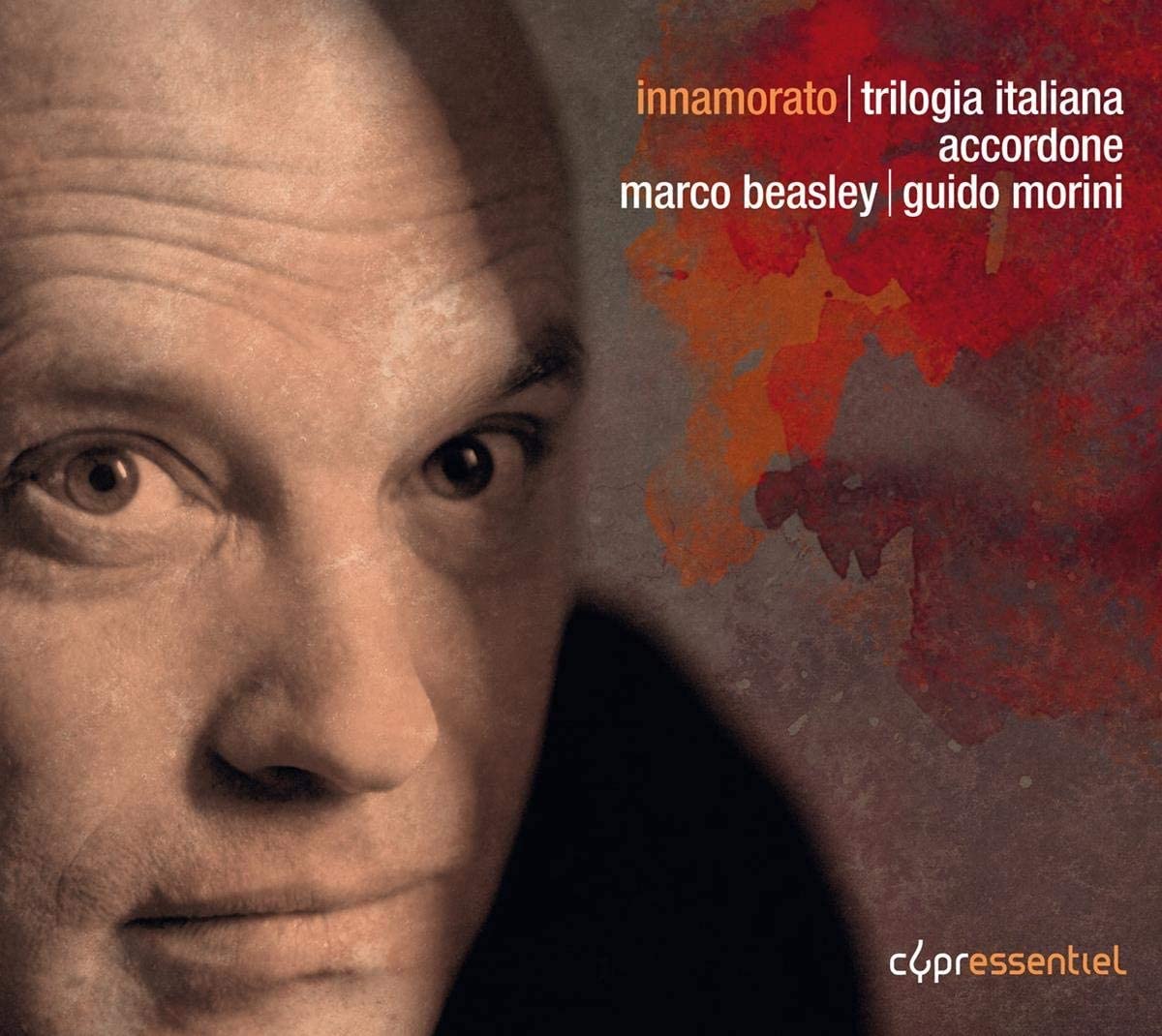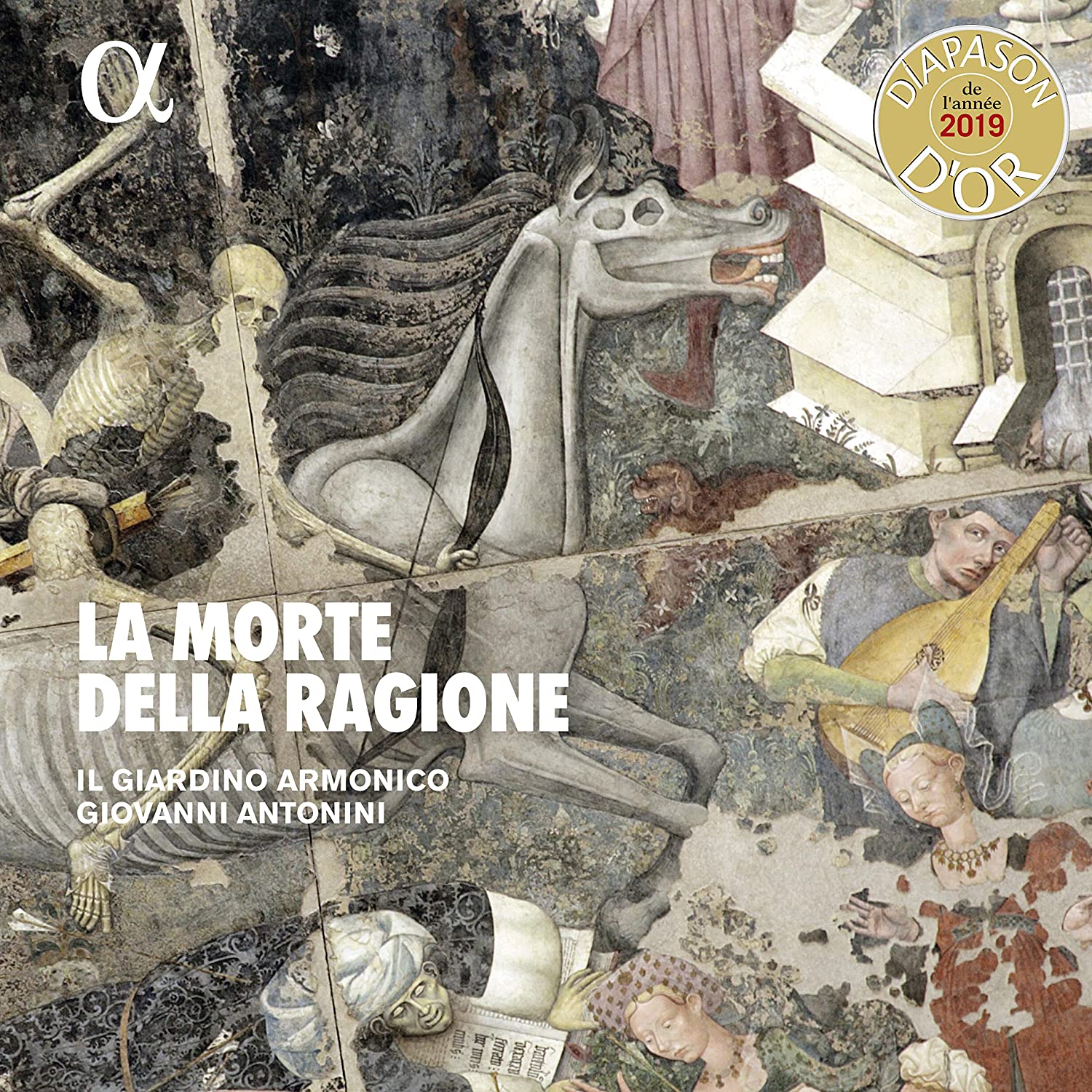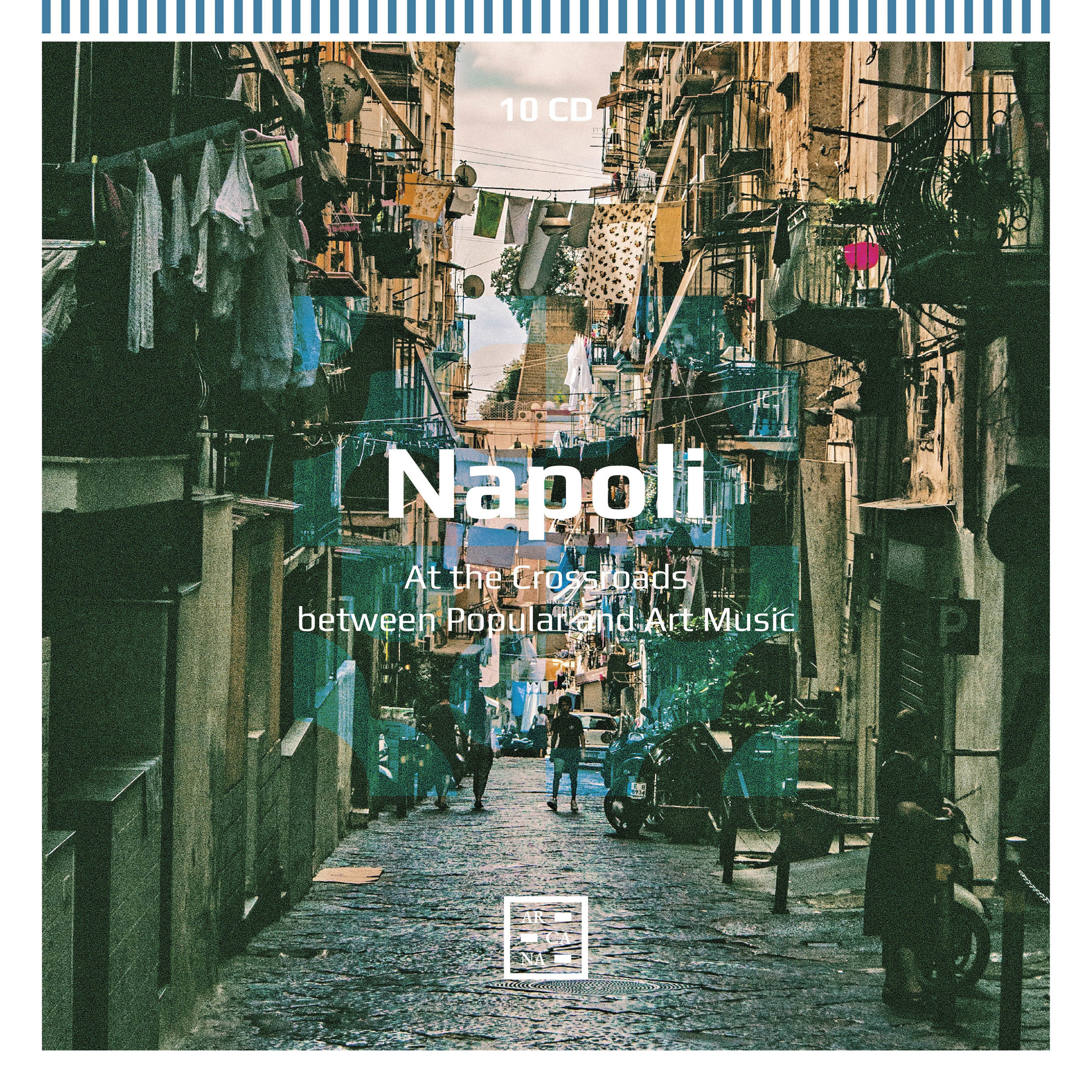Clandestine Catholic music by William Byrd
The Marian Consort, Rory McCleery
60:14
Delphian DCD 34230
Click HERE to buy this CD on amazon.co.uk
The appearance of this fine recording could not be more timely. Given the alarming situation into which it has been released, it is being advertised as “Music from behind closed doors”. How doubly true. It features music by the recusant Byrd most of which would indeed have been performed clandestinely, secretly, behind closed doors, at the time of its composition; either that or, in the case of a couple of the pieces, they could have been sung openly – and indeed by Protestants – but the texts would have conveyed double meanings to Catholics.
The programme is built around Byrd’s Mass for Four Voices and his Propers for All Saints, concluding with his monumental setting of Infelix ego. To turn first to the Mass, if I say that this is a performance with no frills, it suggests that it has no thrills either. But it is a performance that yields its thrills slowly. Given even half decent singing, it is always a pleasure to return more than once to a specific version of this Mass. This was how the Marian Consort’s version first struck me, half decent, but I was sure that there was more to it, and it took me a longer time than usual with such an ensemble to get a beam on their interpretation. The penny dropped when I came to terms with what I did not like about it. I felt initially – and still do so, to some extent – that they rush the two final movements, Sanctus and Agnus, resulting in a failure to make two crucial dissonances in either movement pinch in the way they should to maximise Byrd’s musical rhetoric: one in the opening word “Sanctus”, the other in the first statement of “dona nobis pacem”. However, upon pondering this, it occurred to me that the disc is about clandestine Catholic music, and probably the conductor and singers were endeavouring to convey the sense of anxiety that pursuivants might at any moment enter their makeshift chapel and break up their illegal celebration of the Mass. I still think that these movements should be taken less hastily – the musical evidence is that the astonishing bass sequence at “nobis” is hurried and insufficiently distinct, while the passage with shorter note values at “qui tollis peccata mundi, bars 35-36, is a bit of a jumble. That all said, the colourful dissonance in the second statement of the word “Sanctus” is clear, and the final bars of the Agnus, an understated dissonance notwithstanding, are transcendent: a second dissonance in this movement pinches with exquisite agony and the closing passage with its two simultaneous cadential figures is appropriately other-worldly. However, the crowning glory of this Mass is the performance of the two longer movements. Whereas the shorter Kyrie, Sanctus and Agnus can often be indulged, and the Gloria and Creed despatched (sometimes with mildly theatrical interludes at such phrases as “Crucifixus …” and “et ascendit in coelum”), in this recording they seem to be taken more steadily than the shorter movements, with the result that every detail is audible, balance is perfect, while tempi ebb and flow fractionally but sensitively, yet still giving both movements momentum – that sense so critical to Byrd’s music of journeying to a known destination and arriving with a full sense of what has been absorbed along the way. Nothing illustrates the achievement of this interpretation better than the pacing and balance of the cadence in the Credo at “per prophetas”. These two movements, the best versions on disc, alongside a fine rendition of the Kyrie, elevate this to a place among the finest of the innumerable recordings of this Mass. And I hope the inclusion of the brief but defiant Deo gracias will set a trend for future recordings of his masses, not least for the ascending proto-Baroque scale at “Deo” in bars 8-10 of the superius part!
The Propers for All Saints form what many regard as the finest set in the Gradualia. They are a demanding sing, and I have witnessed capable professional singers get offside in the intricate Timete Dominum with its retrospective echoes of Quis est homo from the second Cantiones sacrae of 1591. If none of the performances perhaps besides Timete are actually the best on disc – there is formidable opposition from The Sixteen, Christ Church Cathedral Choir and, most formidably, The Cardinall’s Musick – these are nonetheless good mainstream versions, especially a stimulating Gaudeamus omnes, and the dissonances in the suddenly abrasive Beati mundo corde leave some bracing scratches on the memory.
The Marian Consort include three other miscellaneous motets besides the concluding Infelix ego. I was surprised that they begin the disc with Miserere mei as this is the least distinguished performance on the record, with crucial phrases in some inner parts “lost in the mix”. Ave Maria on the other hand is as fine a performance as Byrd’s gemlike music demands. Laetentur caeli suffers like Miserere mei from some issues of internal balance in the section “et pauperum” which concludes both partes. So, something of the curate’s egg about these miscellanea.
But now we come finally to Infelix ego, Byrd’s majestic yet almost painfully sensitive setting of the condemned Savonarola’s meditation upon Psalm L (LI in the BCP). It is always a pleasure to encounter this work on a commercial recording, for two reasons: first, because it is a wonderful piece of music; secondly, because any choir that records it will only do so because they know that they can rise to the challenge of performing it respectably. The Marian Consort achieves this in spades, but I had to listen to their interpretation a few times before ascertaining whether it was, quite honourably, a respectable performance, or a distinguished one. Even a first hearing had something about it, but that something needed some winkling out. The performance is immaculate, both in terms of balance between the six parts – not easy given Byrd’s bottom-heavy scoring – and subtlety of pacing. The famous climactic A flat chord is delivered perfectly within the context of the interpretation, and the dramatically swooping phrase in the superius as the work closes is audible even throughout the lowest points of its trajectory. What makes this a distinguished interpretation in a formidable field is its integrity: a clarity reflecting a desire to make every aspect of Byrd’s music clear, that in turn reflects the desire of Savonarola for clarity, or in his case answers.
So, notwithstanding the small helpings of curate’s egg mentioned above, this unfolds as a superb recording of some of Byrd’s most celebrated music. If the performances of the Mass’s Sanctus and Agnus are perhaps not ideal, those of the longer Gloria and Credo movements are incomparable, and Infelix ego emerges triumphant.
Richard Turbet
